January 9, 2023:
Everything You Need to Know About Staging with Houseplants
You really can't go wrong with bringing houseplants into your home!
NASA recently released a study that revealed houseplants have the ability to clean the air in your home. So not only are they beautiful to look at, but they will also make your home environment healthier.
Buyers think so too.
If you are listing your home, incorporating houseplants into your staging will add the perfect pop of green, clean the air in your home, and bring life and vibrancy into your space. Not only that but having a beautiful and healthy houseplant on display shows buyers that you can care for and nurture your home just as you would a plant! We'll go through all the benefits of adding houseplants to your staged home, provide you with beginner-friendly plants, and give you tips for caring for your plants while your home is on the market.
Living Plants vs Bouquet of Flowers
You might wonder which is better: a fragrant bouquet of flowers or a living plant. A fresh flower arrangement is beautiful, welcoming and certainly smells beautiful. However, if you've always considered yourself a black thumb, you might find this the more tempting option. And while you certainly can pass on a living plant for some florals, you may find that in this current Real Estate market, you will be replacing them frequently, which can drive up the cost.
Which Houseplants are Great for Staging
Pothos
Pothos (Epipremnum) are incredibly versatile, beginner-friendly and low-maintenance plants. They have lush foliage that trails, making them the perfect addition to a shelf, fireplace hearth or hanging planter. What's even more exciting are the many varieties; from golden pothos, to jade pothos, to marble queen pothos. Truthfully, a classic green pothos is just as effective. Pothos works wonderfully for farmhouse decor because they are bushy and abundant, as well as boho or Scandinavian decor, but you can fit them in just about anywhere, and it will shine!
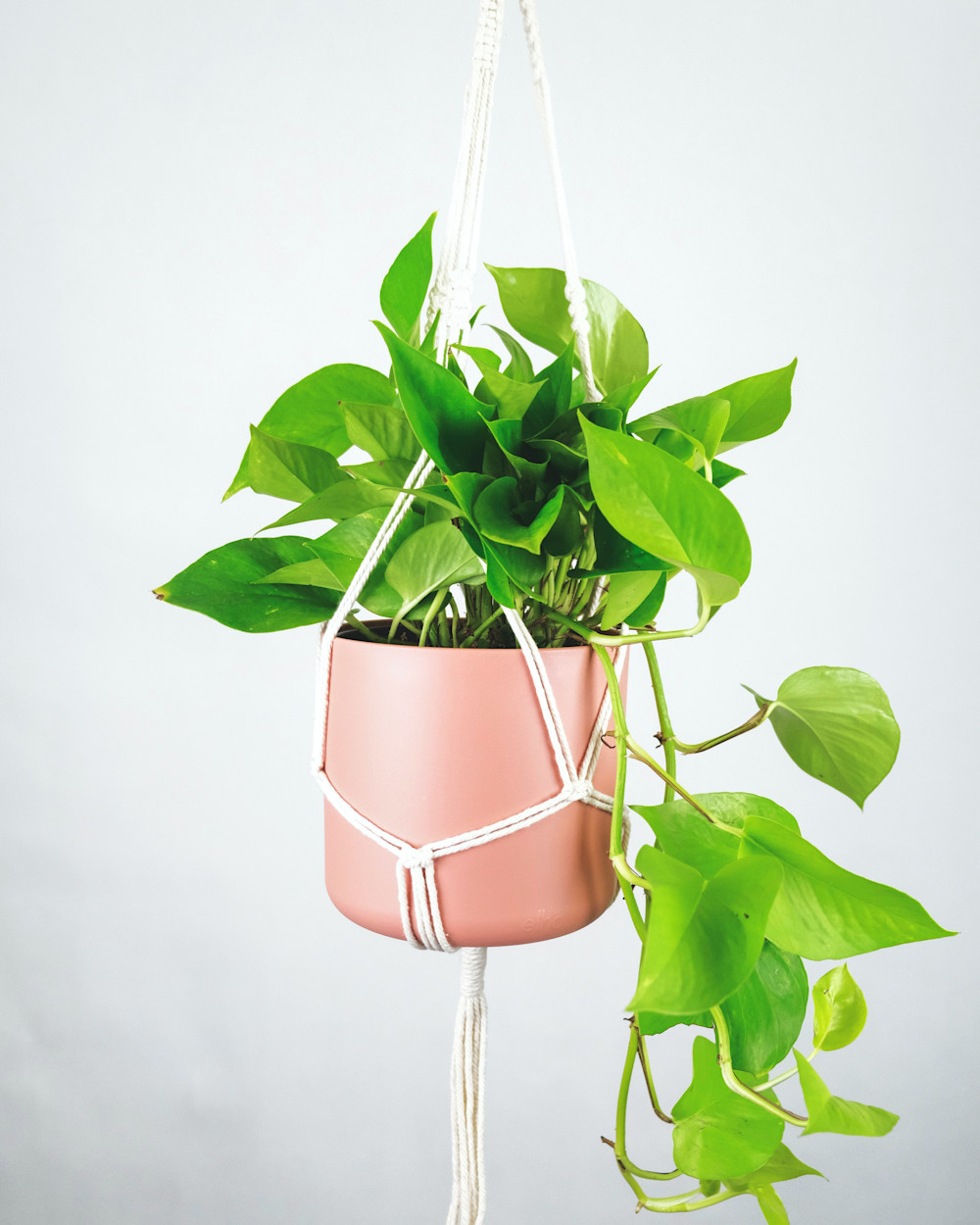
These plants are also very easy to care for, even for beginners. They can tolerate medium to lower light environments and only require watering when the soil is completely dry. If you notice the leaves starting to droop, do not panic! This typically means your pothos is ready for a drink.
Snake Plants
Snake Plants (Dracaena trifasciata) are another great beginner-friendly option that will help to clean the air and add the perfect pop of green to any space. Snake Plants have long, lance-shaped leaves that come to a point. Their leaves are very thick and succulent, and they use their leaves to store their water reserves. They grow naturally in warm, dry climates, where they are used to experiencing long periods of drought followed by soaking rains.
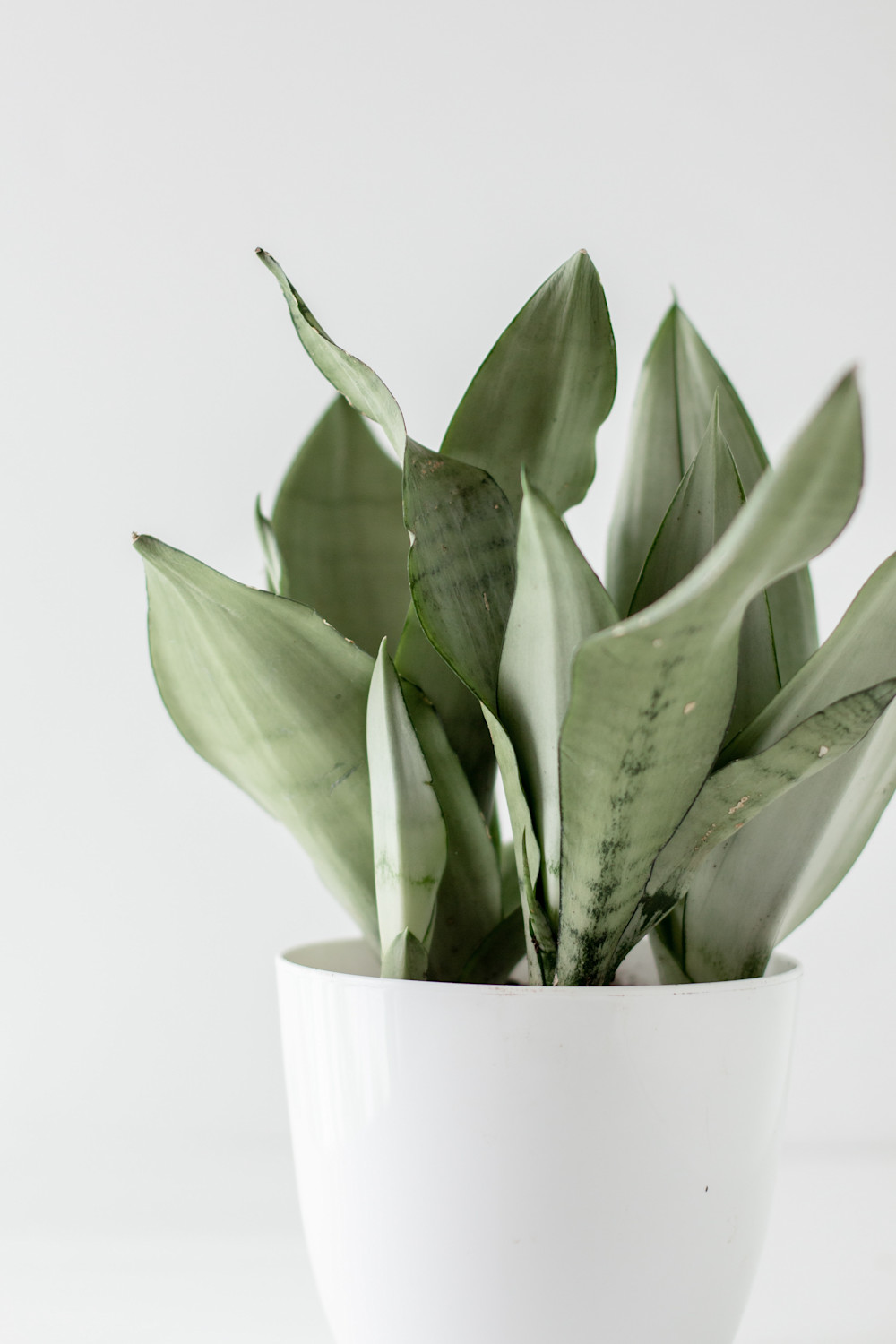
This is great news for busy sellers who don't have much time to dote on their plants while their home is on the market! While Snake Plants love bright indirect light, they are also pretty tolerant of lower light conditions and can go quite a long time without water. Make sure the soil is completely dry between watering, and even then, you can wait an extra few days before giving it a drink.
Snake Plants also come in different colours and are great at adding height to a shelf, bedside table or windowsill. They even make excellent floor plants and are a great way to bring life to an empty corner in the living room.
Snake Plants are an excellent choice for boho, modern and even minimalist decor because they have clean vertical lines and aren't as chaotic and bushy as most tropical plants. With that said, in the right pot, they are also very versatile and could enhance any room!
Chinese Evergreen
Chinese Evergreen (Aglaonema) makes for a truly stunning, beginner-friendly plant. Their ornate, bushy foliage makes for an excellent tabletop arrangement, but you can also find them large enough to make a stunning floor plant that will certainly make a statement!
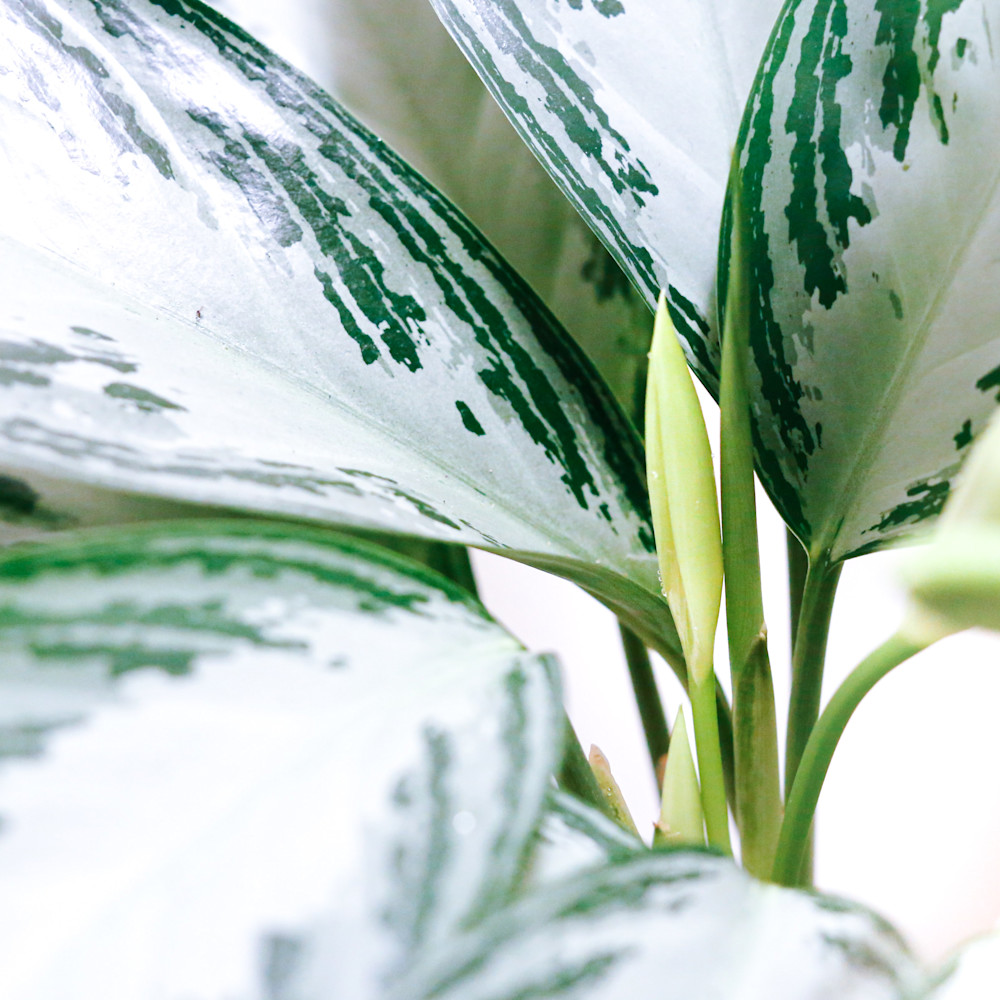
Medium to low light conditions work just fine for this plant, and they do prefer to dry out between watering. Like the pothos, your Chinese Evergreen may start to droop if it becomes too thirsty, but they are easily susceptible to overwatering, so only water once the soil is nearly dry or completely dry.
Echeveria
If you have a sunny windowsill looking for a pop of colour, succulents (specifically Echeveria) make beautiful tabletop arrangements. You can often find them planted in groups in decorative pots, which are absolutely stunning.
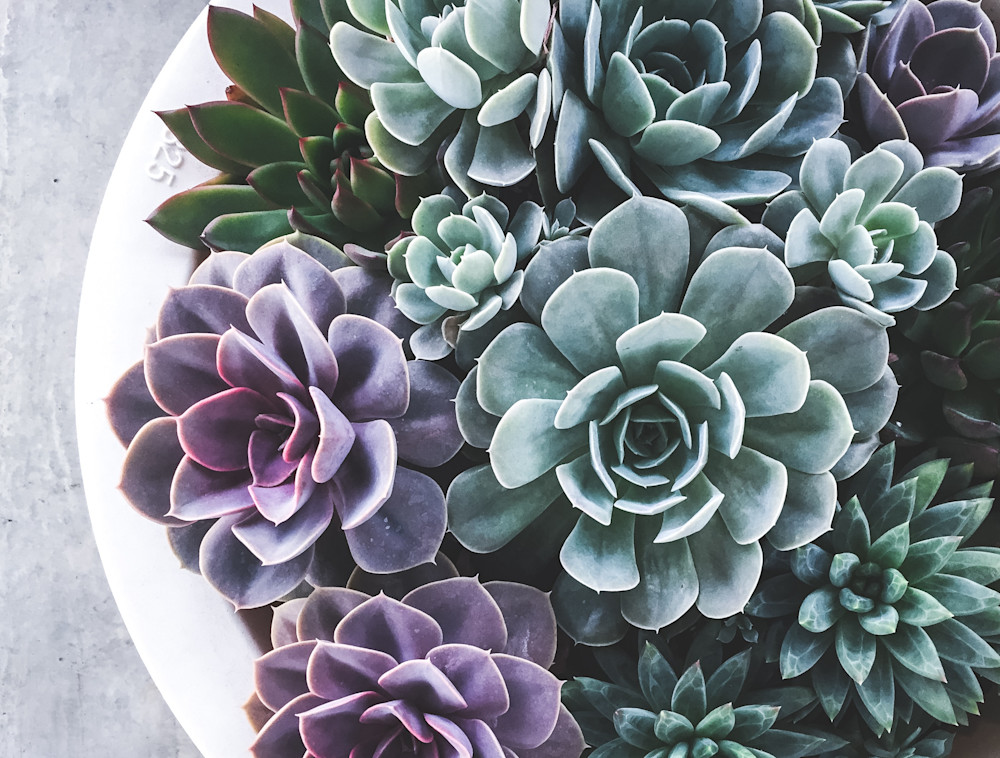
Now succulents tend to be a bit misunderstood. While they are easy, there are a few things to keep in mind if you want to grow happy, healthy succulents. First, they need plenty of light and very little water. Like the Snake Plant, succulents also store their water reserves in their leaves. Allow the soil to completely dry out between watering, and you can probably wait a few extra days. Succulents will start to pucker when they become thirsty and may start to look slightly wrinkly. Once they are ready for a drink, give them a thorough watering. This will mimic the desert-like conditions they are used to in the wild.
Succulents are great for a smaller space where you want to add a pop of color or a spark of life.
Spider Plants
Spider Plants (Chlorophytum comosum) are quite possibly some of the most underrated houseplants out there! These plants are incredibly hardy and versatile and withstand various conditions while still having that tropical feeling. Their long cascading leaves will enhance a shelf or table or will look fabulous in a hanging planter.
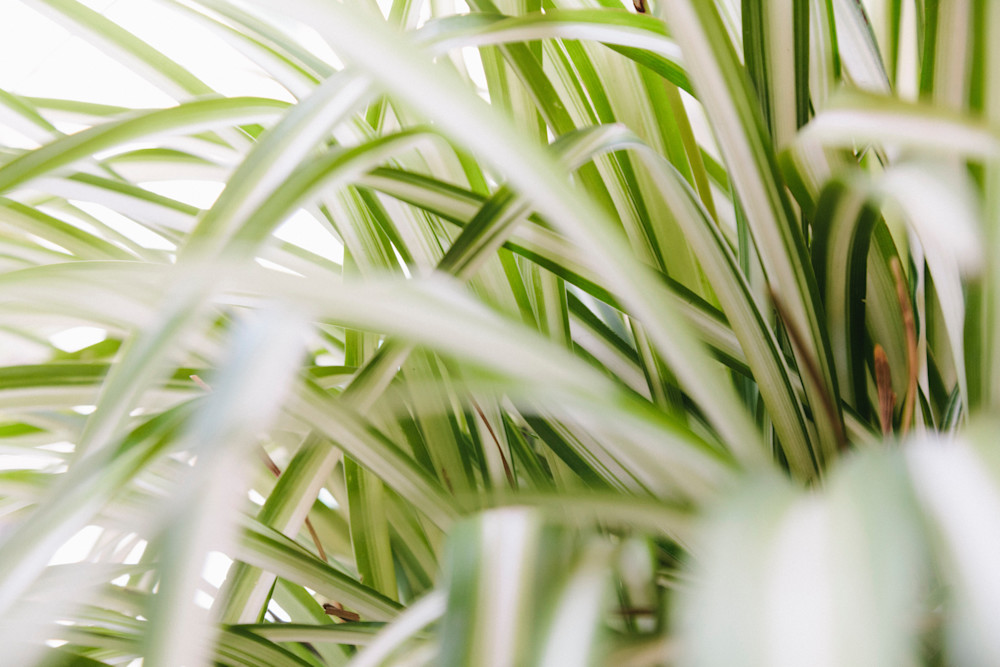
These plants are medium to low light tolerant, and they only need to be watered once the soil has dried out (typically once a week, but always check the soil first!). They also come in green varieties, or you can find different colors and varieties.
Peperomia
Last but not least, the adorable Peperomia! There are over 1,000 varieties to choose from, so you will never have options to make your space cozy and planty. The Baby Rubber Plant (Peperomia Obtusifolia) is a great option because its succulent leaves mean that they don't require very frequent watering, but there are endless varieties with more lush, tropical leaves to choose from.
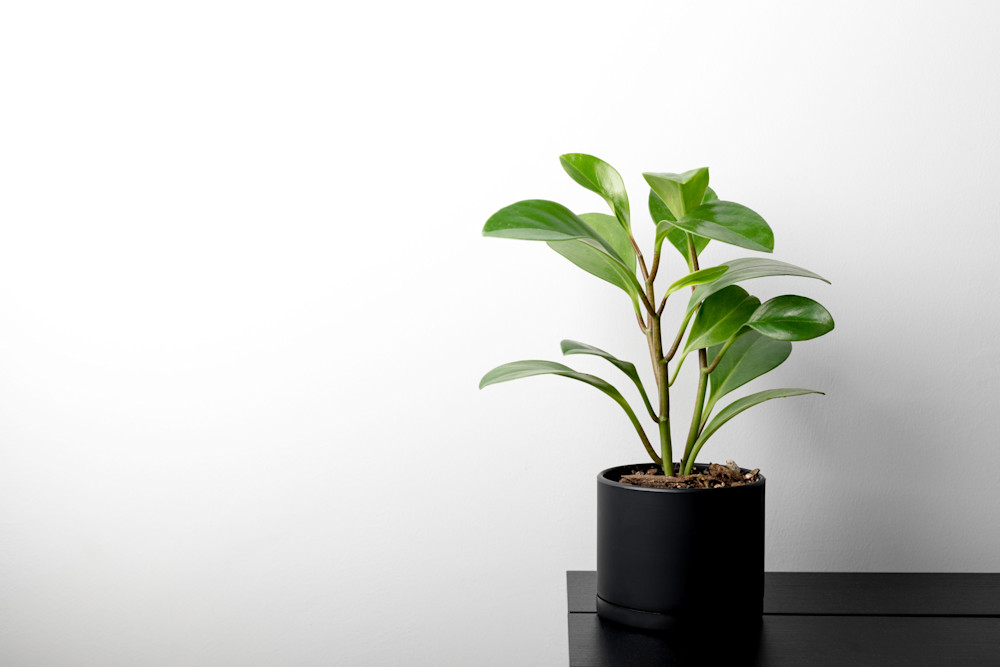
Peperomia make a great plant for a tabletop, windowsill, shelf or countertop, and they are quite easy to care for. However, most Peperomia prefer brighter light conditions and to have their soil dry out completely between watering.
A Few More Tips to Keep in Mind When Staging with Plants
Prune dead or dying leaves as needed
As much as a healthy plant showcases how well-cared-for your home is overall, a plant with brown or yellow leaves can suggest the opposite, even if it isn't true. If you notice a yellow leaf on your plant, snip it and toss it in the garbage or compost. Try not to panic if you notice a single leaf starting to turn, as plants will allow older foliage to die off over time while they use the energy to create new growth.
Be mindful of pets and children
If you have children or pets in your home, be mindful of the type of plants you bring into your home, as some plants are toxic if ingested. In addition, cats are particularly curious and will happily play with plant leaves or munch on them if they have the opportunity to do so. Check out the ASPCA website for a complete list of toxic and non-toxic plants.
Be selective about pot choices
When choosing a pot for your plant, it's better to choose simple pots over one that is very decorative and busy. A white ceramic pot is a great choice for any room since it showcases the plant's foliage and doesn't add visual clutter.
If this is a plant that you are interested in keeping long-term, make sure that the pot has drainage holes. Without drainage holes, you risk overwatering your plant since the excess water will become trapped at the bottom of the pot. If your heart is set on a pot and it doesn't have drainage holes, a neat trick is to pot your plant in a plastic pot with drainage and simply place the plastic pot inside the other pot!
Caring for plants while your home is on the market
Sometimes arrangements that work for marketing your home effectively do not necessarily work for taking care of your houseplants long term. In previous market conditions, this typically wasn't a problem when homes were selling quickly, but since the current trends show that homes are on the market for longer, your plants may need extra help if you want them to continue to thrive. Work with your Faris Team Professional Home Stager to situate plants according to their care needs.
Another option is to stage the home and take pictures of where your plants should be staged for reference. Then, if you have a day without showings, move your plants temporarily to a location where they can receive the light levels needed. Before your next viewing, you can then re-stage your plants.
Complimentary Home Stagers
At Faris Team, we offer Complimentary Professional Home Staging with our Certified Staging Experts as part of our End-To-End Stress-Free Real Estate Experience. We know that in this marketing, sellers need to go above and beyond for their homes to stand out for buyers. Our stagers know how to optimize your home's presentation and achieve top-selling prices.
Are You Ready to Start Your Best Real Estate Experience? We’re here to make your experience completely stress-free!
Call us today at 1.888.918.6570, send us an email or book an appointment.
There’s absolutely NO OBLIGATION. Consultations with our team of experts are FREE.